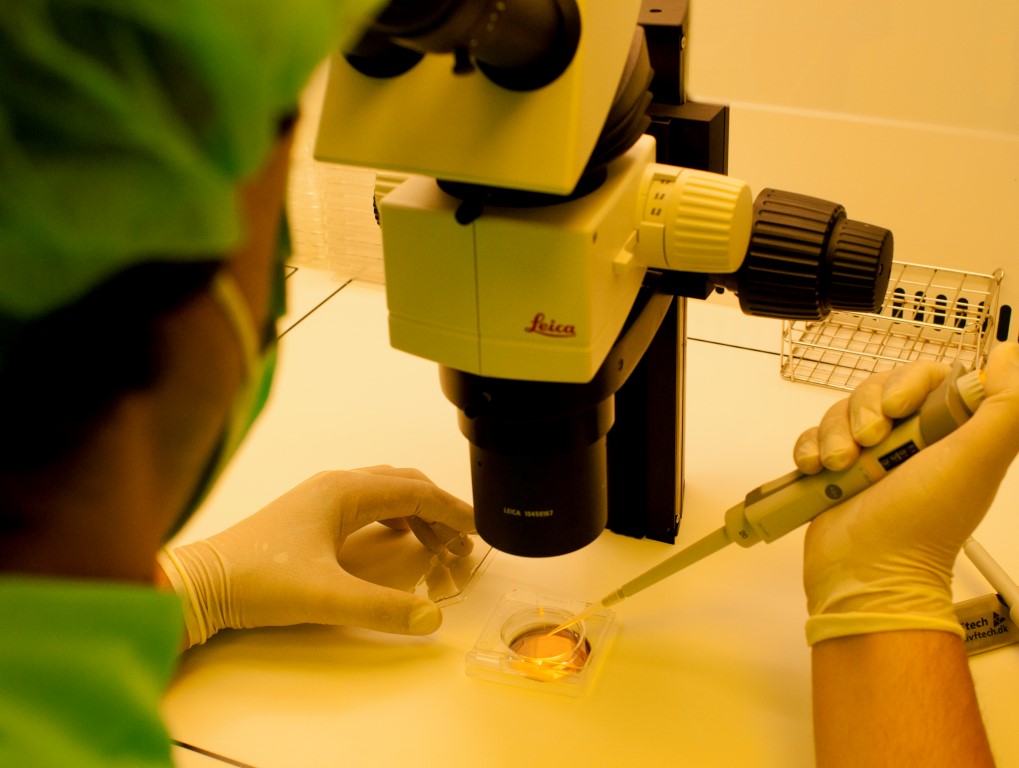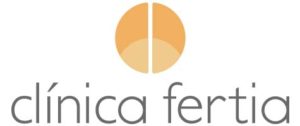PGT or Preimplantation Genetic Test
What is the PGT?
PGT, previously known as PGD, allows us to analyze the genetics of embryos in in vitro fertilization cycles. In this way, by being analysed and therefore selected, we increase the chances that the future baby will be a healthy baby.
PGT is used for the analysis of two groups of anomalies, those linked to genes or groups of genes, known as monogenic anomalies, and those linked to chromosomes.
Technique
For the PGT technique, once the cause has been determined and the appropriate genetic analyses has been carried out, the couple must undergo an In-Vitro Fertilisation treatment. The embryos produced must be analysed on the fifth day of their development, at the blastocyst stage. At this time, one of these cells must be removed and genetically analysed in the laboratory. Once each embryo has been analysed, the healthy ones can be selected, which will be transferred to the future mother.
The PGT diagnostic and selection technique is highly complex, which is why it is necessary to have adequate equipment and trained laboratory professionals.

Indications
When there are karyotype disorders.
Couples with previous gestation with chromosomal alteration.
Couples who have undergone cycles resulting in negative fertilisation.
Couples carrrying numerical abnormalities for the sex chromosomes (X, Y).
Severe male factor.
When two or more previous miscarriages have occured.
Presence of a genetic disease in one of the members of the couple.
Couples in which both are healthy carriers of the same genetic alteration.
Monogenic diseases
We understand a monogenic anomaly as that caused by the mutation of a specific gene. For this reason, carriers have a high probability of transmitting this condition to their descendants. In these cases, the PGT allows us to select an embryo without this anomaly and therefore making it possible to have children without passing on the disease.
There are two major groups of monogenic diseases; those linked to the sex chromosomes (X and Y) and those linked to the rest of chromosomes (autosomes). In these cases, depending on whether the mutation is recessive or dominant, the inheritance pattern will be different.
Aneuploidies
Normally, embryos with chromosome abnormalities, usually, or not to pregnancy or, if implemented, tend to end in miscarriages. Only some of these embryos have the capacity to evolve or are compatible with life. In these cases, the PGT allows us to select an embryo without this anomaly and therefore resulting in a healthy child.
Regarding chromosomal abnormalities, there are two groups:
- Structural, in which some segment of the chromosome (PGT-ST) is excess or missing.
- Aneuploidies or alterations in the number of chromosomes, either excess or missing one. (PGT-A). Down syndrome is the most common, where chromosome 21 is tripled.
Frequently asked questions about reproduction treatments
If you would like more information about our treatments, we are always available to help and answer any of your questions.
How long do I have to wait to start treatment?
How many attempts can I make?
In the case of artificial insemination, here at the clinic we recommend a maximum of four attempts, since 90% of pregnancies occur in the first four cycles.
Regarding In-vitro fertilisation or microinjection, our clinic never makes more than four attempts using these techniques.
In the case of egg donation, it is more difficult to establish a limit, this will normally be determined by psychological and also economic factors.
Can you use these techniques when you have already entered menopause?
In these cases, the reception of eggs from a donor must be used.
What are the biggest concerns of egg or sperm recipient couples?
Another factor that concerns a couple is the health of the donors and the physical resemblance to them.
In our centre, both in the case of sperm donors and egg donors, our goal is to seek that the physical resemblance is as similar as possible to the parents.
Are these treatments expensive?
Clínica Fertia is a pioneer in maintaining an honest and transparent policy. Since 2002 we have published the information of the cost of our treatments on our website.
